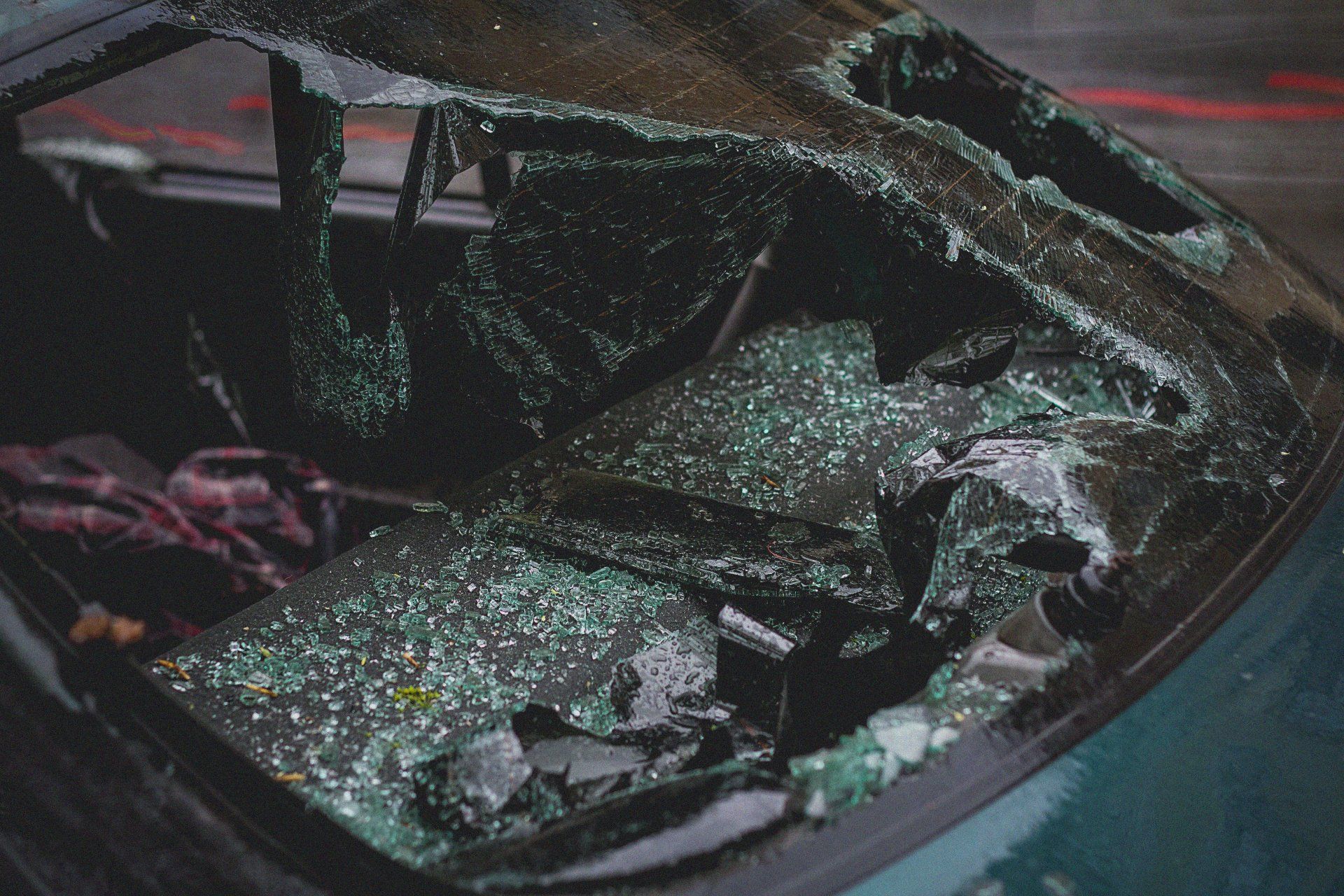Determining Fault for A Crash That Occurred in a Parking Lot
Parking lot accidents tend to be viewed as less serious than other car accidents — and for good reason. The low speeds involved in these incidents generally mean less damage to vehicles and a lower likelihood of suffering an injury.
However, the complexity of parking lots themselves could make seeking compensation for those incidents quite tricky.
If you’ve been involved in a Texas parking lot accident, proving that you were not at fault for that accident may be challenging. Today, our experienced Houston car accident attorneys at Lapeze & Johns, PLLC , will highlight how to determine fault for a crash that took place in a parking lot.
Right-of-Way in Parking Lots
Generally, if one car is moving and the other is at a full stop, the driver of the moving vehicle will be found at fault for the collision. Despite this, things get more tricky when you involve multiple moving vehicles. One way to determine fault in a parking lot accident is to analyze who had the right-of-way in the crash.
Right-of-way in parking lots function as a form of hierarchy, with some lanes having the right-of-way over all others and others having right-of-way over none. The hierarchy is largely based on the speed at which the vehicles are driving.
Here’s a breakdown of the different lanes found in a parking lot, and who gets to go first:
-
- Parking Lanes/Parking Spots — Parking spots or parking lanes generally have the least right-of-way in a parking lot. This makes sense given the fact that they are traveling at the lowest speed.
- Feeder Lanes — Feeder lanes pass between parking spots but do not connect to an exit. Feeder lanes have the right-of-way over parking lanes and spots but still must grant the right-of-way to thoroughfare drivers.
- Thoroughfares — Thoroughfares are lanes that connect to either a roadway or exit. Thoroughfare drivers often have the right-of-way except for at certain intersections marked with a stop sign.
It is worth noting that these classifications are generalized, and the specifics of your parking lot car accident could result in an entirely separate conclusion regarding who had the right-of-way.
Common Accidents and At-Fault Parties
Given the fact that parking lots involve many different vehicles traveling in various directions, it’s hardly surprising that parking lot accidents are a relatively common occurrence.
Some of the most common types of parking lot accidents, as well as who may be found at fault, include:
A parked car pulling or backing into oncoming traffic — The moving, oncoming traffic will almost always have the right-of-way in these instances, but those drivers still may be found at fault if they were speeding or distracted.
Two parked vehicles backing into each other — In this case, neither car has the right-of-way, meaning that either driver may be found fully or partially at fault.
Two vehicles crashing while trying to take the same parking spot — In these circumstances, the person who was turning left into the spot may face higher liability due to their failure to yield to the other driver, but both drivers may be found partially responsible.
Your Car Accident Defense for a Parking Lot Accident
After a parking lot car accident, all evidence related to the incident may be used to prove liability for the crash. This includes everything from witness testimony to security footage. If your insurance company uses that evidence to find that you were partially at fault for the accident, you may be denied full coverage.
Nevertheless, it is possible for insurance companies and other drivers to favor evidence that supports their narrative. Our team of lawyers would be proud to help you make a strong, evidence-based argument in support of your innocence.
If you’ve been involved in a Texas car accident, give the Houston car accident attorneys of Lapeze and Johns a call for help making a case or claim.



CONTACT
OPENING HOURS
- Mon - Fri
- -
- Sat - Sun
- -
